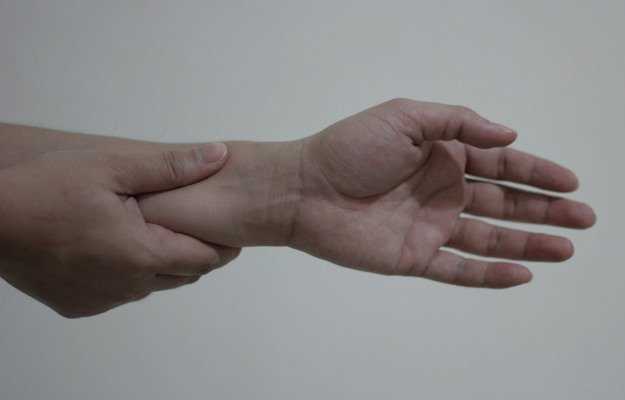What is Urticaria Pigmentosa?
Urticaria pigmentosa is a disorder of the skin that is characterised by severe itching and skin with darker patches. The skin, when rubbed, has the tendency to develop hives, which are red raised bumps. While it is commonly seen in children, it can be found in adults too.
What are the main signs and symptoms?
Although the symptoms vary from person to person, a brownish patch on the skin is the main symptom. As these elevations have histamine, trigger factors transform the patches into reddish elevations or bumps (Darier sign). A fluid-filled blister is characteristically seen in children after scratching this skin. Redness of the face that develops quickly can also be seen.
The symptoms of severe cases include
What are the main causes?
The main causative factor of urticaria pigmentosa is excess of inflammatory cells (mast cells - immune system cells helping your body fight infections by making and releasing histamine) in the skin. Swelling and inflammation of the tissues is caused by the effect of histamine. Histamine can be triggered by the following:
- Exercise
- Exposure to sun or cold
- Consumption of over spicy food or hot liquids or alcohol
- Rubbing of the skin
- Infections
- Drugs, including non-steroidal anti-inflammatory drugs (aspirin), anaesthetics drugs, alcohol
How is it diagnosed and treated?
The physician will carry out a complete examination of the skin and will check for the Darier’s sign. This can be followed by tests:
- Blood Tests
- Complete blood counts
- Blood tryptase (enzyme present in the mast cells) levels
- Urine histamine
- Skin biopsy to check out for the number of mast cells
The management of urticaria pigmentosa involves the following treatment:
- Antihistaminic medications as per the physician’s prescription to get rid of itching and flushing
- Topical application of corticosteroids on the skin
- Administration of disodium cromoglycate orally to stabilize the mast cells, which will eventually reduce release of histamine
- Light or laser therapy.

 OTC Medicines for Urticaria Pigmentosa
OTC Medicines for Urticaria Pigmentosa















